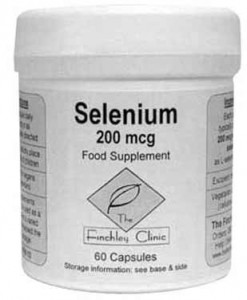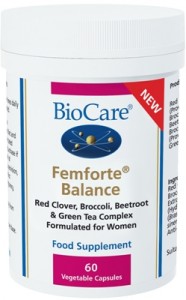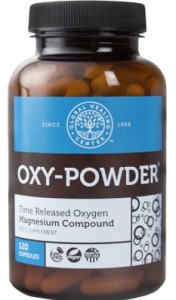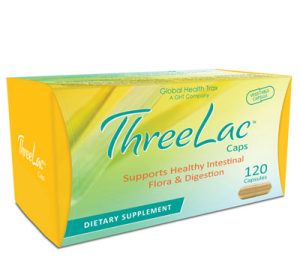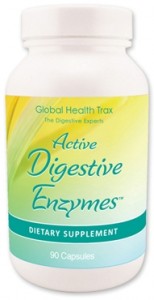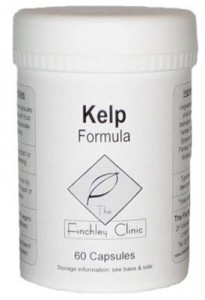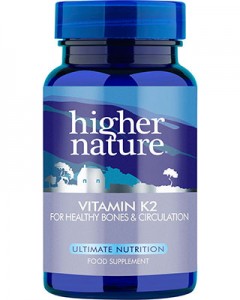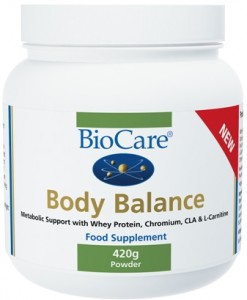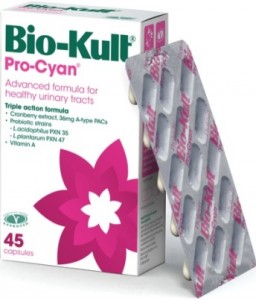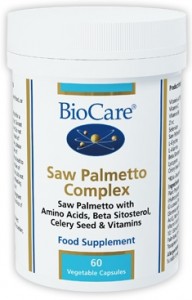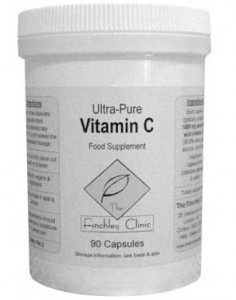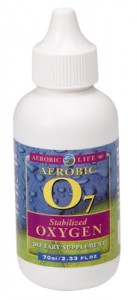The idea of a ‘detox’ is something many of us are familiar with, thanks to it having become trendy with celebrities and so a term that’s bandied about in the media all the time. But how many of us really know what it involves and, more importantly, why it can do us so much good?
In simple terms, a detox – short for ‘detoxification’ – is a process where someone makes lifestyle choices and changes to remove toxins from their body. It often involves abstaining from things that tend to harm the body’s functions in order to optimise how they work.
Toxins
So what exactly are toxins? By and large, they’re all the chemicals and metals, artificial food ingredients, pesticides and pollutants that find their way into the body and cause it harm1. Indeed, it’s likely the health issues many people suffer from can be traced back to the toxins that have built up in their bodies over time2, 3, 4.
How so? Well, whether you like it or not, it’s pretty much impossible to protect yourself from every single toxin out there; that’s because they’re in all the water, food and air we consume. But, as much as it can, your body does counteract their harmful effects through its own natural detoxification processes. And through regular cleansing – or detoxification – you can aid these processes in their work.
How your body detoxes
Of all the body’s systems (for instance, the respiratory and digestive systems), it’s the excretory system that’s involved in detoxification the most – through, yes, defecation and urination. And the main organs involved in this system are the large intestine, the kidneys, the liver, the lungs and the skin5.
The skin? Yes, it eliminates toxins through sweat glands6. Meanwhile, the liver filters general waste, hormones, drugs and other foreign bodies7, the lungs are pivotal in removing carbon dioxide (through us breathing out)8, the kidneys filter the blood, aiding waste removal via urination9 and, finally, the large intestine (after absorbing water and nutrients from food) then converts the remaining waste into stool, which is expelled through the anus10. When it comes down to it, your body’s working to detoxify itself every second of every day – indeed, even your brain actively flushes out toxins during your hours spent in the land of nod11.
How you can detox
Surely then, understanding the importance of detoxification – and how the body does it – underlines the onus on us to help out our bodies in this process. So how exactly can we?
- Exercise and relax – exercising makes you sweat, thus releasing toxins through the skin, while relaxation (and even meditation) combine with exercise to reduce stress, which just like harmful chemicals can be toxic to us
- Purify the air – attempting to control the air in your home and work areas is far from a bad idea because good ventilation helps eradicate smoke, fumes, mould, pet dander and micro-organisms from getting into our lungs and harming us; if air-purification equipment’s a bit pricey for you (or not possible at work) then you could turn to house plants, which are great at filtering the air and removing toxins12
- Drink water – good old H2O is a hugely powerful weapon in your detoxification arsenal, as much because your body’s most fundamental processes can’t take place without it13; moreover, water’s critical to the creation of saliva and sweat and ensuring waste removal takes place14
- Healthy diet – be aware that genetically modified (GMO) foods, pesticides and processed foods may contain harmful toxins, so opt instead for the likes of fresh juices, garlic, raw nuts, seeds, broccoli, lemon, mung beans, sprouts and other organic fruit and veg, all of which are great for detoxing.
Supplementation
Finally, another option to help you detox is supplementation. Remember that, when turning to detox supplements, you’re looking to focus on products that’ll help remove harmful organisms, chemicals and toxic metals and, ideally, aid the cleansing of your colon, liver and kidneys. To that end, the following supplements are all recommended and available through The Finchley Clinic:
![]() 9 Day Detox (capsules) – provides a blend of vitamins, minerals, antioxidants and liver digestive nutrients all in a handy blister strip
9 Day Detox (capsules) – provides a blend of vitamins, minerals, antioxidants and liver digestive nutrients all in a handy blister strip
![]() Colosan (120 or 40 capsules/ powder) – a magnesium oxygen product that gently releases oxygen into the digestive tract to cleanse the bowel and ease constipation; may also help with candida and parasites
Colosan (120 or 40 capsules/ powder) – a magnesium oxygen product that gently releases oxygen into the digestive tract to cleanse the bowel and ease constipation; may also help with candida and parasites
![]() Green Magma (Barley Grass) (300g, 150g, 80g or 30g powder/ 250 tablets) – regular supplementation may improve digestion, increase energy and aid detoxification
Green Magma (Barley Grass) (300g, 150g, 80g or 30g powder/ 250 tablets) – regular supplementation may improve digestion, increase energy and aid detoxification
![]() ORËÁ (formerly ZNatural) (60ml and 30ml) – a natural toxin remover for the whole body, including the blood, organs, glands and cellular tissue.
ORËÁ (formerly ZNatural) (60ml and 30ml) – a natural toxin remover for the whole body, including the blood, organs, glands and cellular tissue.
References:
- ‘What You Know Can Help You – An Introduction to Toxic Substances’. New York Department of Health. New York State, Oct 2013.
- ‘Causes of Food Poisoning’. Foodsafety.gov. U.S. Department of Health & Human Services, n.d.
- ‘National Biomonitoring Program: Toxins’. Centers for Disease Control and Prevention. Centers for Disease Control and Prevention, 28 Dec 2012.
- ‘Toxic Substances Portal: Asbestos’. Agency for Toxic Substances and Disease Registry. Centers for Disease Control and Prevention, 3 Mar 2011.
- ‘Reference Terms: Excretory System’. ScienceDaily. ScienceDaily, n.d. Web. 16 Mar 2016.
- Sears M. E., Kerr K. J. and Bray, R. I. ‘Arsenic, Cadmium, Lead, and Mercury in Sweat: A Systematic Review’. Journal of Environmental and Public Health 2012 (2012): 184745. PMC.
- ‘Normal Liver Physiology’. Brown University Division of Biology and Medicine. Brown University, n.d.
- ‘What Are the Lungs?’ National Heart, Lung, and Blood Institute. National Institutes of Health, 17 July 2012.
- ‘Large Intestine (colon)’. MedlinePlus. U.S. National Library of Medicine, 7 Dec. 2015.
- ‘Aging Changes in the Kidneys and Bladder: MedlinePlus Medical Encyclopedia’.MedlinePlus. U.S. National Library of Medicine, 27 Oct 2014.
- ‘Brain May Flush out Toxins during Sleep | National Institutes of Health (NIH)’.National Institutes of Health. U.S. Department of Health & Human Services, 17 Oct 2013.
- Luz C. ‘Planting Healthier Indoor Air’. Environmental Health Perspectives 119. 10 (2011): a426–a427. PMC.
- ‘Water – a Vital Nutrient’. Better Health Channel. Department of Health & Human Services, State Government of Victoria, May 2014.
- ‘Water in Diet: MedlinePlus Medical Encyclopedia’. MedlinePlus. U.S. National Library of Medicine, 14 July 2015.

